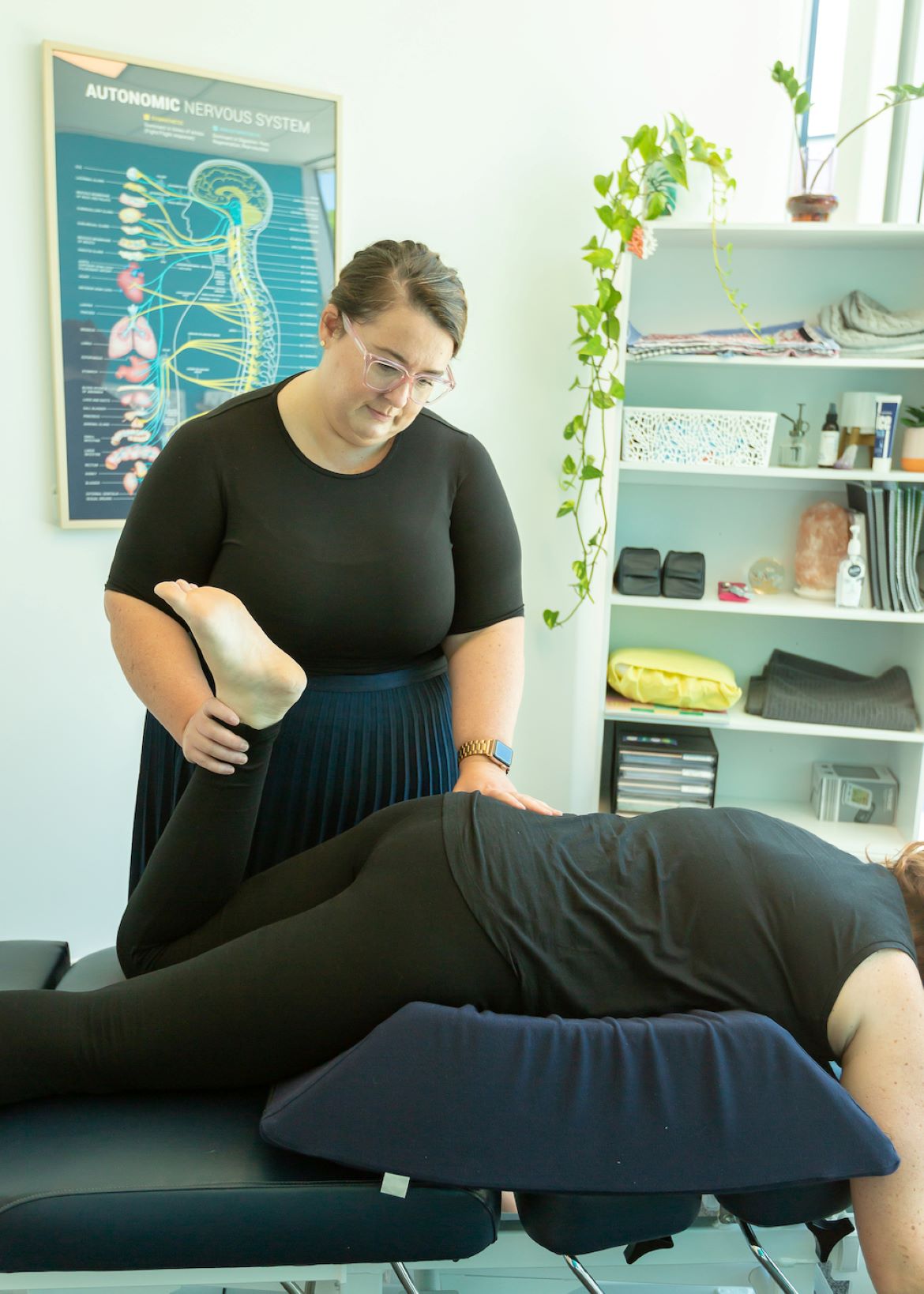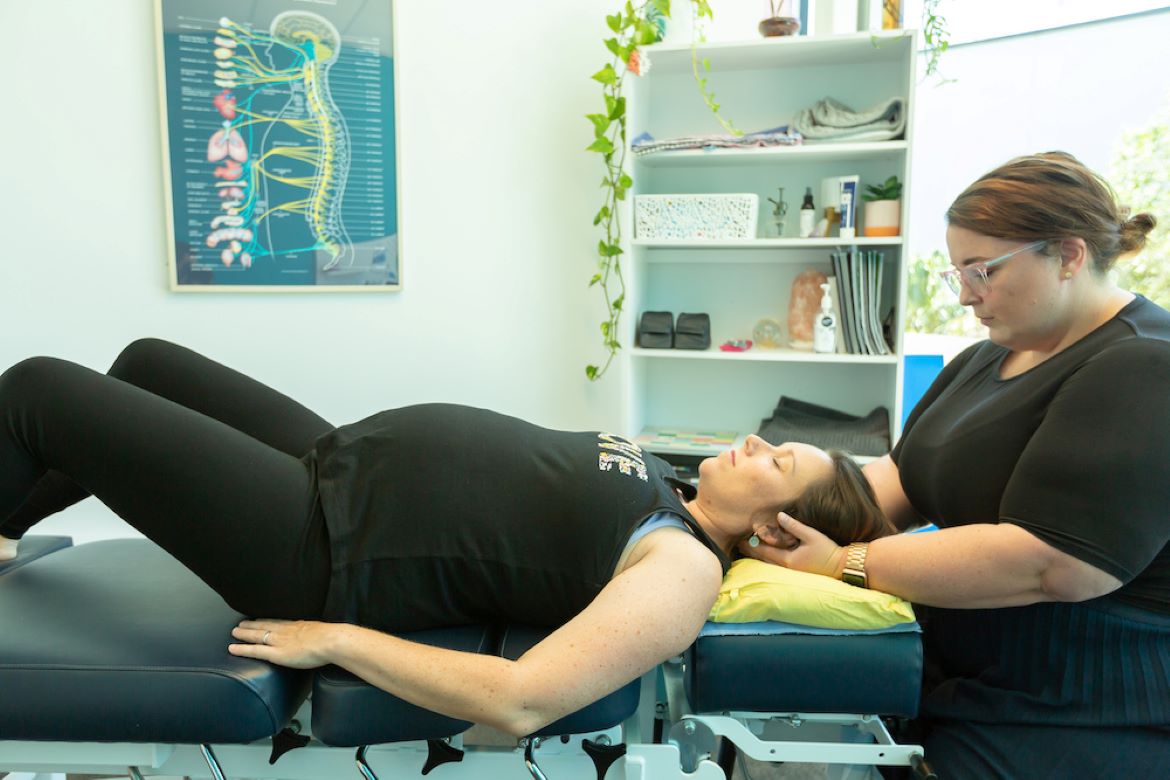Pelvic Girdle Pain (PGP) is the new term for lower back or pelvic pain experienced during pregnancy. Research suggests that around 46% of all pregnant women will experience PGP during their pregnancy and that most cases will resolve within the first two months postpartum.
The pain experienced can be varied in severity and location for each woman. Some women my experience some mild discomfort, while others can unfortunately be quite debilitated by their pain.
1 in 5 pregnant women are affected by pelvic girdle pain (formerly known as pubic symphysis dysfunction). Exciting news is that manual therapy can be used during pregnancy and postpartum to resolve the symptoms.

What causes PGP?
It is not entirely understood what causes Pelvic Girdle Pain and why it affects some and not others. The most likely cause is a combination of both biomechanical and hormonal factors. As the woman’s weight distribution changes, her centre of gravity will move forward, changing the forces through the lower back, pelvis and hips.
The Sacro-Illiac Joints (SIJ) – the large joints at the back of the pelvis – are what will stabilise a change in the biomechanics in a non-pregnant person. However in pregnancy, hormones are produced to increase the movement and relax these large joints to allow the birthing process. This is super important to allow baby to come into the world, but it can lead to an increase in instability of the SIJ and pelvis.
What are the risk factors for Pelvic Girdle Pain?
This is not a definitive list; however evidence suggests that women with the following history are at a higher risk of developing PGP:
- Women who do strenuous work
- History of lower back pain
- Previous history of PGP
- Past trauma to the pelvis











